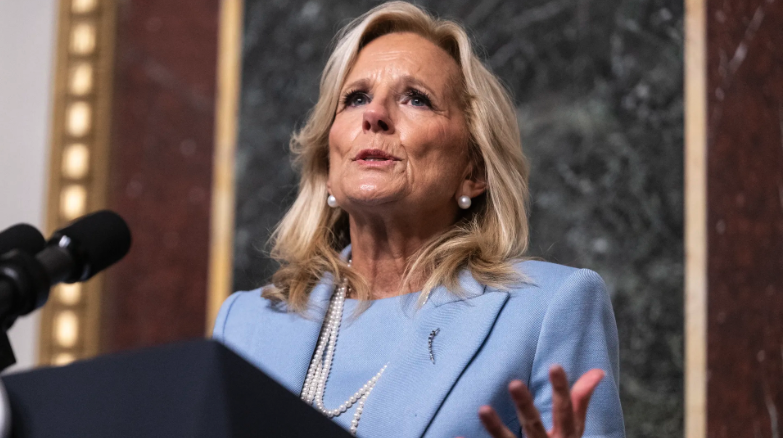
Recent data from the Centers for Disease Control and Prevention (CDC) reveals an unexpected and concerning trend: sexually transmitted diseases (STDs) are significantly on the rise among adults aged 55 and older. With some diseases experiencing almost an eightfold increase since 2010, this demographic is facing a growing health concern that was previously under the radar.
In the past decade, the occurrence of gonorrhea among American adults over 55 has escalated about sevenfold. This trend is accompanied by a more than quadruple increase in chlamydia cases and an almost eightfold rise in syphilis cases within the same age group by 2022. These startling statistics highlight a shift in sexual health dynamics among older Americans.
Some experts believe the increase in STD rates among this age group is attributable to older adults being more sexually active than in previous generations, as reported by The Washington Post. Additionally, a study published in the peer-reviewed medical journal The Lancet in 2023 suggests that the infrequent use of protection is a significant factor contributing to the spread of these diseases. Many individuals in this demographic grew up in an era before sex education was prevalent in schools and before HIV became a widely recognized threat. As a result, their primary concern with sexual protection was to prevent pregnancy, leaving them unprepared for the risks of STDs in their later years.
Janie Steckenrider, an associate professor of political science at Loyola Marymount University and the lead author of the study, points out that older adults may be influenced by the modern “hook-up culture” facilitated by dating apps and the availability of medications for sexual dysfunction. This new social landscape can encourage casual encounters and condomless sex, further increasing the risk of STD transmission.
Moreover, there’s a notable lack of awareness about STIs among some older adults. This, combined with some healthcare providers’ discomfort in discussing sexual habits with their older patients, could be exacerbating the situation. The reluctance to have these crucial conversations means that many older adults might not be receiving the education and resources they need to protect themselves.
This trend serves as a reminder that STDs do not discriminate by age and that sexual health is a concern for all, regardless of one’s stage in life. It underscores the importance of fostering open dialogues about sexual health across all age groups and ensuring that older adults have access to the information and resources necessary to make informed decisions about their sexual activities.
As we confront this growing issue, it’s crucial for healthcare providers to approach these discussions with sensitivity and without judgment, to encourage older Americans to practice safe sex and to consider regular screenings for STDs. Educating older adults about the risks and prevention methods for STDs can empower them to lead healthier, more informed lives.
This rise in STDs among adults over 55 is a call to action for all of us: to break down the barriers of stigma and silence surrounding sexual health in older age and to prioritize the well-being of every individual, regardless of age.











